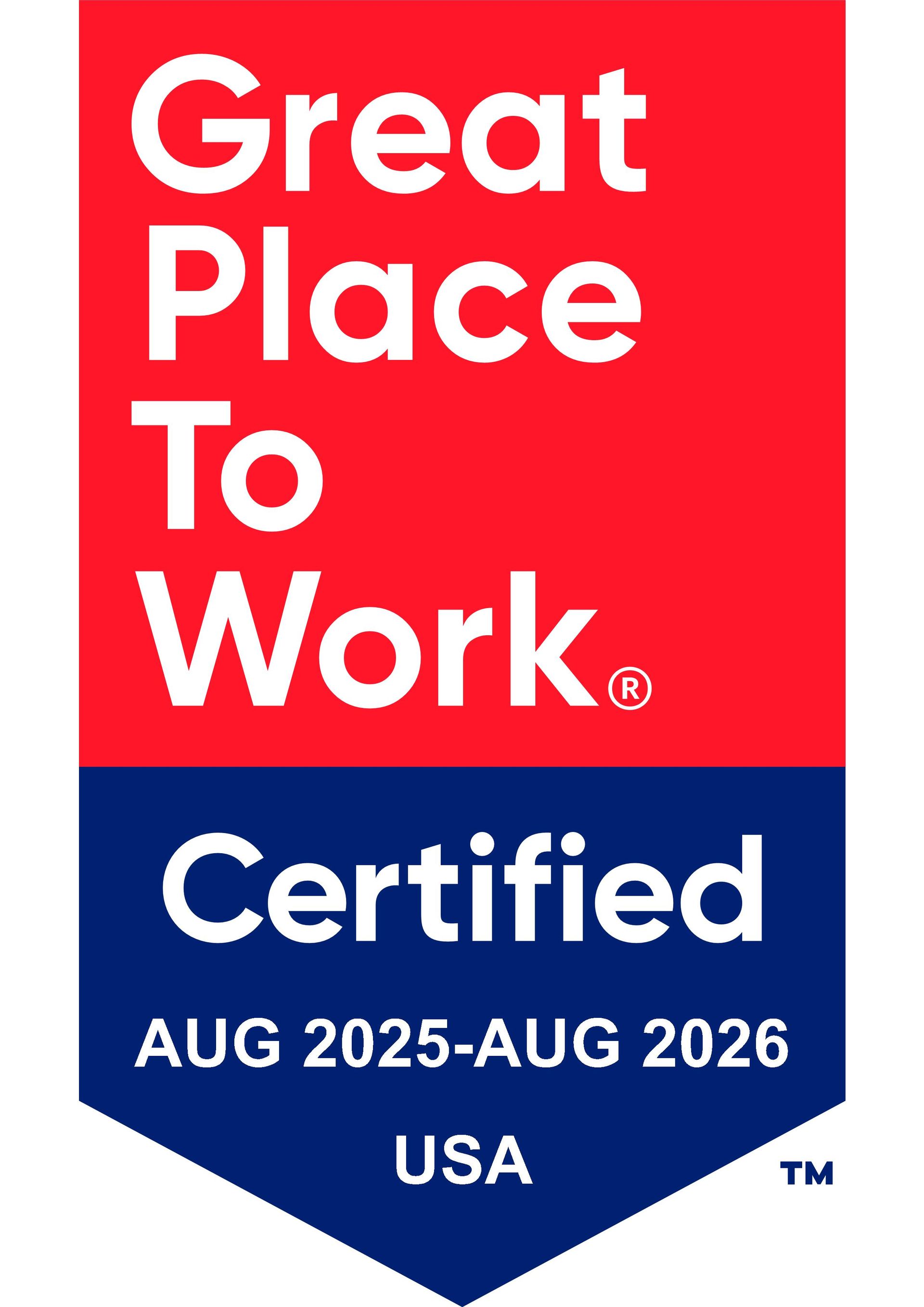
8 Barriers to Workplace Productivity
1 October 2021
When you evaluate your employees, their productivity is likely among the top measures you use to determine how well they’re doing their jobs. If workers aren’t meeting their targets or their work product is suffering, it might not necessarily be their fault. They might be dealing with organizational factors outside of their control.
All too often, employees are confronting workplace obstacles that hinder their productivity and keep them from carrying out assigned tasks. This may also affect employee morale and lead to high turnover rates as employees grow increasingly dissatisfied with their jobs.
When you diagnose the actual problem that’s hampering productivity, you may end up solving a host of other employee issues as well – such as the overall satisfaction and morale.
Let’s take a look at the most common barriers to workplace productivity as well as strategies you can use to overcome them. For more personalized assistance, speak with a KBI agent today.
1. INEFFECTIVE COMMUNICATION
In order to meet their goals and complete their assigned roles, employees need to be able to communicate freely with their colleagues. They rely on feedback and direction from their managers to ensure they’re performing their roles appropriately. As a result, employees may struggle to figure out which projects they need to work on each day.
Sometimes, communication can get muddled when managers don’t provide clear expectations on each employee’s tasks and goals.
When employees don’t know what to do or who to ask for help, they may fall into negative patterns, reducing their efforts and complaining to colleagues about the problems they’re experiencing. Instead of devoting their time to working on their assigned projects, they may spend half of their day searching for an answer to a question or issue.
WHAT YOU CAN DO
Make sure managers are delivering timely, relevant, and regular instructions and feedback to staff members to ensure everyone understands what’s expected of them. They shouldn’t assume that employees already know the timeline and goals for each assignment.
Educate managers on how to best connect with employees according to the situation. For example, if explaining a complicated topic, an in-person or phone chat works better than an email or group chat. For managers, tracking progress and checking in should be a regular item on their to-do list. That way, employees know where they stand and can advise of any issues they’re experiencing before it derails their efforts.
Information and knowledge should be readily shared between departments – which can occur through internal company portals, cross-functional teams, or other networking initiatives.
2. NOT ENOUGH RECOGNITION OR REWARDS
When employees don't receive regular recognition or rewards for exceptional work, they might feel as though their efforts aren't appreciated. Employees might also perceive a culture of favoritism, in which only higher-level workers and executives earn kudos for their accomplishments.
During these difficult times, many employees are experiencing additional stresses and perhaps even taking on more responsibilities than normal – both professionally and personally. When employees don’t feel like their contributions matter – especially during busy and highly stressful seasons – their motivation may suffer.
WHAT YOU CAN DO
Create a peer recognition program in which employees can nominate their co-workers for recognition on a regular basis. On a less formal basis, you can also have managers reach out to employees to commend them for a job well done. Even a quick email, such as one thanking an employee for stepping up while a colleague was out sick, can go a long way.
3. LACK OF EMPLOYEE ENGAGEMENT
Employees who are not engaged with their workplace may struggle to be productive. According to a 2016 Gallup study, engaged employees experience lower turnover, 17% higher productivity, and 21% greater profitability.
When workers feel disengaged with their jobs, it typically means they feel no connection to their sense of purpose or to the organization as a whole. They may perform the bare minimum and avoid office and social events with co-workers.
WHAT YOU CAN DO
Employee engagement improves when employees daily experience positive relationships with their direct supervisors or managers, according to the Society of Human Resources Management (SHRM). Although many factors can affect employee engagement – and sometimes the employee can simply be a poor fit – it’s vital for managers to check in with their direct reports each day, nurture that relationship, communicate company values, and set expectations.
Creating an engagement culture starts at the top, with dedicated programs to uncover issues with employee engagement and monitor progress along the way.
4. FREQUENT AND INEFFICIENT MEETINGS
Even the most well-intentioned meetings can end up creating a barrier to workplace productivity. While most companies intend for meetings to be productive, they often end up taking too long and discussing items that aren’t relevant to employees’ jobs. When workers spend too much time in long-winded, ineffective meetings, they become distracted from their actual responsibilities and lose sight of their goals.
WHAT YOU CAN DO
Meetings may be unavoidable, but they should also be efficient and well-run. Before any meeting, the organizer should brief attendees on what will be discussed, allowing them to prepare. If the conversation tends to shift off-topic, designate a person to redirect and bring the meeting back on track. If at all possible, keep meetings short and focused on a specific purpose.
5. MULTITASKING
When you search for high-quality employees, you look for people who are able to juggle multiple responsibilities with ease. However, too much multitasking can actually have a negative effect on employees’ overall productivity. Psychologists suggest that multitasking increases the number of times the brain must switch tasks, which causes the brain to experience some lag time as the person has to redirect their focus.
When employees feel compelled to address everything that pops up in their inbox, they can get distracted by less meaningful and unimportant tasks and ultimately neglect the more value-added and strategic aspects of their roles.
WHAT YOU CAN DO
Employees need the space to be able to work on meaningful projects without constant distractions. Address with employees the dangers of multitasking. Encourage them to schedule blocks of time to work on high-priority projects and avoid checking their email during that time. Let them know it’s OK to let certain messages sit for a period of time before responding.
6. PERFORMANCE MANAGEMENT ISSUES
Managers tend to rely on the annual performance review to formally check in with employees, discuss their performance and expectations. Unfortunately, since this formal appraisal only comes once a year, employees might struggle with issues for long before anyone actually notices. They also might not feel comfortable sharing their concerns with managers.
When employees don’t understand their roles and responsibilities, or how their efforts fit into the company picture, their productivity will suffer.
WHAT YOU CAN DO
Make a plan for managers to meet with employees for regular check-ins. Ideally, they should be delivering on-the-spot feedback, but if that isn’t possible, it’s a good idea to build in time for check-ins on a weekly or biweekly basis. Find out what’s going right, what isn’t, and what kind of obstacles the employee is facing so they can work together to find solutions.
These regular one-on-ones can also help managers spot issues that aren’t necessarily related to work but are nonetheless hampering productivity. For example, if an employee has been dealing with personal issues, a manager might not figure out that something was off unless he or she had already been regularly checking in for a while.
7. GAPS IN TRAINING
Your employees came on board with the required skills and talents for the position, but they might not have received sufficient training in the beginning. If employees don’t feel comfortable with the technology or tools they use for their job, they might make frequent errors. Or they might always be asking other co-workers for help, which can end up slowing down your more experienced team members as well – a vicious productivity cycle.
WHAT YOU CAN DO
Review your system of onboarding and training for new employees. There may be some areas where new employees would benefit from longer and more involved training. And if you notice that some current employees are still experiencing problems with certain areas, hold regular training tune-ups to help them get up to speed.
Let employees know that when they’re experiencing difficulties, they should feel comfortable letting a manager know what’s going on. If people feel empowered to ask questions and learn, they’ll be more likely to solve problems quicker.
8. NOT SOLICITING EMPLOYEE FEEDBACK FOR AREAS OF IMPROVEMENT
When employees do not feel as if they have a voice, they may struggle with problems on their own in silence, which causes productivity problems to spiral out of control.
Even when organizations do survey their employees and solicit suggestions, they may not always implement the feedback they receive. That could also be a critical problem that discourages employees from speaking up in the future.
WHAT YOU CAN DO
Collect feedback, either through confidential surveys or one-on-ones, on key issues that your company wants to improve. This may be employee engagement issues, managerial concerns, or other areas. Once you have gathered the feedback, take action to improve the areas that are keeping employees from performing at their best.
If you decide to use employee surveys to gauge their sentiments, make it a regular exercise, such as once every quarter. As time goes by, you can get a better idea of which areas are improving and which still need work.
BETTER DAYS AHEAD
Removing these barriers to productivity doesn’t just improve office efficiency and lead to stronger results from your employees, but it will also lift employee satisfaction and engagement levels. If your organization is experiencing problems with any of these barriers to productivity, reach out to the team at KBI Benefits. We can help you develop a plan to overcome these productivity issues and get your organization back on track.
Sources:
- https://news.gallup.com/businessjournal/200108/damage-inflicted-poor-managers.aspx
- https://www.forbes.com/sites/forbeshumanresourcescouncil/2018/06/22/four-lessons-from-companies-that-get-employee-engagement-right/?sh=56f4948021bd
- https://www.thealternativeboard.com/blog/the-effects-of-poor-communication-in-the-workplace
- https://www.shrm.org/resourcesandtools/tools-and-samples/toolkits/pages/sustainingemployeeengagement.aspx
- https://www.linkedin.com/pulse/breaking-down-barriers-productivity-steve-seymour
- https://www.hbr.org/amp/2013/07/employee-engagement-does-more
-




